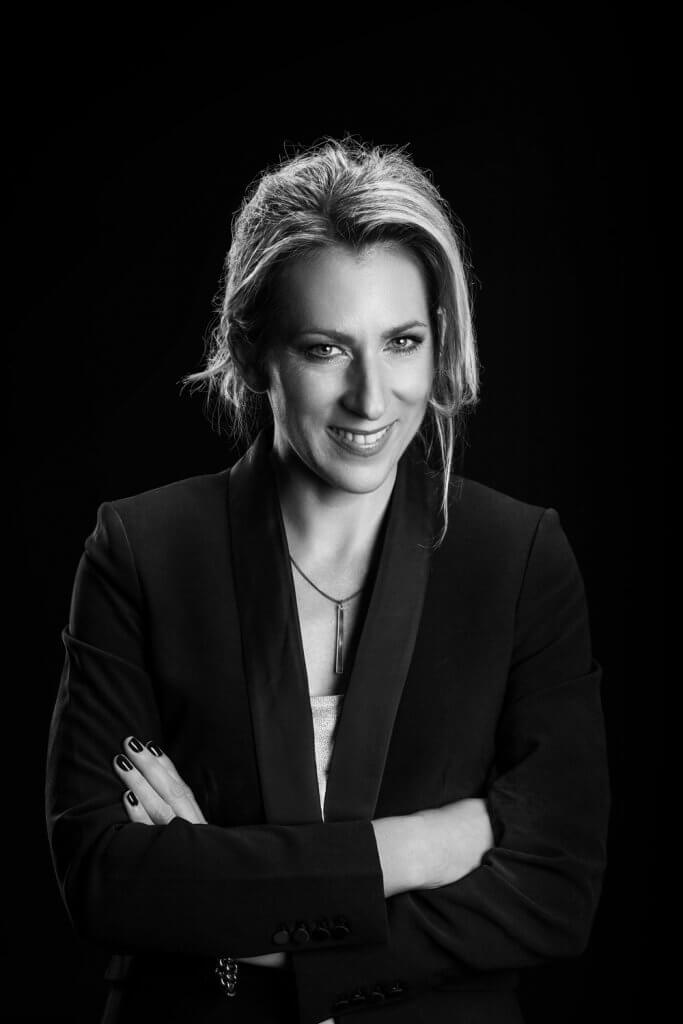
The market is booming. Meanwhile there are numerous agencies, coaches and consultants who take care of it: personal branding. What does that mean exactly? For many it is initially a fashionable term. In essence, it means to position oneself as a brand. It also means to stand out from the crowd. A brand is clearly defined, stands for certain characteristics, values and target groups, and should arouse emotions. But now we are people and not a product, which makes the whole thing more complex. It’s not just about expertise, but also about authenticity.
The term personal branding, like so many other things, once spilled over to us from the USA. It was first noticed by a wider public in Germany in 2006, when Wirtschaftswoche published the title “Googleability”. It was all about finding and establishing a reputation on the net, about controlling the personal image, about shaping “personal brands”.
Personal branding means therefore presenting one’s own personality and expertise as a brand in social media. Why should you do this? Who cares?
If you don’t want to be perceived as an expert in your industry, maybe because everyone already knows you anyway or because you don’t want to change anymore, then you don’t need to bother with this topic. If, however, it is important to show to the outside world what your profession and expertise is and thus to have visibility – then personal branding is interesting for you, for your employees and for your company (of course then translated into employer or corporate branding).
You are the beginning. Do your homework first. Ask yourself the two W questions: What do I stand for? What is my goal? Write down what your strengths and weaknesses are, your most important feelings of success. What interests you most, what are your values? Think about how you want to be perceived, where you want to go and who you want to reach. Because then you can decide which channels are important for you.
There are many ways to be visible: Twitter, Facebook, Instagram, in your own blog or even on a company website. How and where you get involved naturally depends on your target group. Twitter is content-driven, Instagram focuses on beautiful images.
Of course, the career networks Linkedin and Xing are particularly important. There is no human resources manager, no matter how big his or her network is, who does not search there or at least looks to see how the candidate presents himself or herself there. Xing, founded in 2003, is a platform focusing on the German-speaking world, with over 16 million members. Linkedin has 13 million users in the DACH area, but has an international reach of about 500 million registered users. With little effort, a personal brand can be well represented in both career networks. There are no limits to the effort and expense that can be invested there. You could write articles all day long, share industry news or do networking. But generally speaking, you still have a job to do. That’s why we would like to give you a few basic tips.
- Your photo: Elementary. It should radiate a good mixture of accessibility, youthful freshness and strength.
- Your profile: What do you stand for, what makes you different? Your most important experiences and values in brief. At Xing, it is particularly important to name keywords, as these can be relevant search terms for recruiters.
- Your vita: your career stages, employers, titles and the most important tasks/successes.
- Show that you are up to date. Share industry news, interesting background articles and from time to time you can also write something from your expert area yourself. Ideal: Share your own content every one or two months, every one or two weeks and link to others more often in between. That way a network is consolidated.
- contact details. Leave your private email and/or mobile phone number in the contact data.
- Important: Congruence. Your details should match in all profiles and in your personal documents. Also use the same profile photo, this increases recognition.
For inspiration, take a look at the professionals, for example at Siemens boss Joe Kaeser, https://www.linkedin.com/in/joe-kaeser/.

Siemens CEO Kaeser probably employs professionals to maintain his Linkedin profile, which has now grown to 60,000 followers. This puts him at the top of the list himself and, in terms of employer branding, also creates a high added value for the company. It’s exciting to see how he combines professional and personal aspects in his contributions, creating a personal brand in fact.
You do not have to push it that far. With a little effort at the start and then a little effort for constant profile maintenance (perhaps an hour per week), a professional and well-rounded image is easy to present. Be sure to stay authentic. Incidentally, appearances at congresses and communication with specialist media are also excellent ways of positioning yourself as a personal brand.
If you want to delve deeper into the subject: In book form, Personal Branding through focus, Anke Nienkerke-Springer, Gabal-Verlag 2018. In the podcast. Be your Brand. Podcast for PR and Personal Branding.








